Used Car of the Day: 1982 Datsun 280ZX
We're going north of the border today for this 1982 Datsun 280ZX.
Used Car of the Day: 1975 Datsun 280Z
Today's UCOTD takes us back to the 1970s, as this 52,000-mile 1975 Datsun 280Z, which comes to us from Pennsylvania, is on sale for $25,000.
Junkyard Find: 1983 Datsun 200SX Coupe
Nissan sold two generations of Silvias badged as Datsun 200SXs in the United States from the 1976 through 1983 model years, then sold the subsequent Silvia generation here as the Nissan 200SX until 1989. Today's Junkyard Find, found in a yard just south of Denver, is a nicely preserved example of the final year of the S110 Silvia, as well as of the Datsun name.
Used Car of the Day: 1973 Datsun 240Z
We've got another classic Z for you for today's Used Car of the Day. This 1973 Datsun 240Z is "mostly original" with an "unmolested" body and it commands $42,500.
Rare Rides Icons, The Nissan Maxima Story (Part VII)
Unlike its third generation which had the upmarket sporty sedan segment largely to itself, when the fourth generation Maxima (A32) arrived in 1995 there were numerous new competitors from all directions. In its home market, the American-centric Maxima faded away and was replaced by the more internationally flavored Cefiro. Notably, the Cefiro wore Infiniti I30 styling in advance of its North American debut. In addition to the handful of variants for other markets like the Maxima QX and QX (which both wore Cefiro clothes), the A32 Maxima was also transformed into a very important car for the Korean market. Let’s talk about some business deals.
Rare Rides Icons, The Nissan Maxima Story (Part VI)
It turned out that 1994 was a high point for the Nissan Maxima. The third-generation sedan was just about the ideal mix of driving dynamics, quality, luxury, and whiz-bang tech features. It was offered in well-equipped GXE trim for lovers of comfort, and sportier SE for Sports Enthusiasts (or something). After its introduction for the 1989 model year, Nissan made relatively few changes to its impressive sedan.
Sales were around 100,000 units in its first two years, and then around 85,000 for the next two years. But in its final model year of 1994 the third gen’s sales nearly doubled, to 163,138. It was time for a new Maxima in 1995. It was a generation that branched out to become other interesting vehicles but also started the model’s decline.
Rare Rides Icons, The Nissan Maxima Story (Part V)
The new third-generation (J30) Nissan Maxima went in a bold new direction from its predecessors. Larger, more luxurious, more technologically savvy, and better made than the first two, the third Maxima was the first to cater to the North American market. The Maxima’s sudden transformation was so complete that it diverged from its former sibling the Bluebird to become an entirely separate model. First up today, we consider 4DSC styling.
Abandoned History: Daewoo Motors, GM's Passport to International Sales (Part II)
We return to our Abandoned History coverage of Daewoo Motors in the early part of the Sixties. Korea was a newly independent nation still in the process of building its economy after many decades of Japanese occupation. The new Korean government seemingly relied on two tenets in its earliest years: Centralized control and openness to bribes.
Both those factors were at play when the government handed the production of all passenger cars to a single company, Saenara Motors. Via a huge loan and technical assistance from Nissan, Saenara built Korea’s first car, the Saenara (Datsun) Bluebird via knock-down kits assembled in South Korea. But once the government noticed there was too much capital flowing out of the country, they banned Saenara from buying more kits from Japan. The scraps of bankrupt Saenara were picked up by another company, Shinjin.
Rare Rides Icons, The Nissan Maxima Story (Part IV)
After its short-lived first generation outing as a rear-drive car from 1981 to 1984, the PU11 Maxima of 1985 adopted the front-engine, front-wheel drive format the Maxima kept permanently. But that wasn’t the only precedent set by the PU11, as Nissan decided to move forward with V6 engine configurations and leave the inline-six in the past.
The addition of the sporty SE trim with its monochromatic details, and fancy electronic options like a Sonar Suspension System were both indications of where Nissan was headed with the Maxima. It was a sportier and more interesting direction than its stiffest competition, the staid and conservative rear-drive Cressida. Sales showed what buyers preferred, as the Maxima outsold the Cressida many times over throughout the mid-Eighties. And at the end of the decade, Nissan gave customers more of what they wanted with the very first 4DSC, a four-door sports car.
Abandoned History: Daewoo Motors, GM's Passport to International Sales (Part I)
Sometimes all it takes is a Tweet to generate a new Abandoned History series. A seemingly simple request: coverage of some GM models from the early 2000s, specifically a Daewoo. But there’s a long, winding, and dramatic history behind Daewoo Motors. The company’s origins trace back to the 1930s, and the very first Korean car.
Throughout the ensuing decades, Daewoo Motors was formed, reformed, bought and sold, and generally passed around in Korea. Along the way, it offered other brands’ vehicles, its own, and even purchased a smaller carmaker. So sit back and relax as we travel to Korea in 1937, during the latter part of the country’s Japanese occupation.
Rare Rides Icons, The Nissan Maxima Story (Part III)
After its first few years as an 810, 910, Datsun by Nissan, Maxima by Datsun, Datsun/Nissan, and similar, the Maxima settled into its permanent home under Nissan branding. The well-equipped compact sedan sold over 198,000 copies in the United States between 1982 and 1984 (‘82 is the earliest year sales data is available) before an all-new Maxima arrived in 1985. With its second generation, Nissan veered off to distinguish the Maxima from its most direct competition, Toyota’s Cressida. Picture it, October 1984.
Rare Rides Icons, The Nissan Maxima Story (Part II)
Rare Rides Icons, The Nissan Maxima Story (Part I)
With the recent and not surprising news of the Nissan Maxima’s planned demise in 2023, it’s time for a Rare Rides retrospective on a nameplate that was once lauded as one of the best sporty sedans on the market. From its origins as a rear-drive Datsun to the eighth generation that’s a shadow of its former self, the Maxima persisted with its unique value proposition: That it was a step up from the standard Japanese family sedan. Our story begins in Japan, with the Bluebird range.
Junkyard Find: 1980 Datsun 280ZX
Nissan sold the 280ZX version of the famed Z-Car here for the 1979 through 1983 model years, right up to the end of the Datsun era and the start of the “Name Is Nissan” period we’re in today. These cars don’t have the maniacal following of their 240Z/ 260Z/ 280Z predecessors but sold well when new, so I find the 280ZX to be reasonably easy to find in the big California car graveyards I frequent. Here’s a well-equipped ’80 in Alpine White paint, showing off its T-tops in a San Francisco Bay Area yard a few years back.
Junkyard Find: 1987 Nissan Maxima Sedan
Buy/Drive/Burn: Early Eighties Converted Convertibles From Japan
Think back to the Eighties, that optimistic decade when automakers hired aftermarket companies to create convertible versions of their two-door models. The big three Japanese brands each offered their own aftermarket “sports themed” convertible in the first half of the decade.
Which masterpiece is worth a Buy?
Rare Rides: A 1977 Datsun F-10 - It's Sporty Beige Wagon Time
The Rare Rides series has featured just two magnificent Datsuns in prior entries. The first was a 720 King Cab pickup truck, followed recently by the unfortunate looking 200SX coupe. Today’s entry is arguably rarer than either of those, as even local Datsun enthusiast and TTAC contributor Chris Tonn was surprised to see it.
Say hello to the F-10 wagon from 1977.
Rare Rides: A Very Malaise Datsun 200SX From 1977
A fourth-generation Nissan 200SX surfaced previously in an edition of Buy/Drive/Burn, where its squared-off good looks went up against two other Japanese coupes from 1986. Today, we step back two generations and have a look at an 200SX from the Seventies.
Maybe you can figure out if Datsun achieved what it was aiming for with this design.
Junkyard Find: 1980 Datsun 310 Coupe
Rare Rides: A Preserved 1983 Nissan-Datsun 720 King Cab
Recently, Rare Rides honed in on the little Dodge Rampage. A front-drive alternative compact pickup, it was based on the sporty Dodge Charger. Today we have a look at a well-preserved example of what most buyers of compact pickups chose in the early 1980s. It’s a Nissan-Datsun 720 King Cab, from when all Datsuns were Nissans.
Junkyard Find: 1981 Datsun 280ZX 2+2
The Datsun 280ZX was sold in the United States for the 1979 through 1983 model years, and many a line of cocaine was sniffed inside these cars during their heyday as affordable sports cars. The 280ZX still shows up regularly in California wrecking yards, but most of them go unphotographed as I continue seeking out the really rare stuff. However, since I’ve never included a 280ZX in this series, and this one in the San Francisco Bay Area was an especially ugly rare 2+2 version, I decided to photograph it.
Junkyard Find: 1983 Nissan Sentra Coupe
The first-generation Nissan Sentra first appeared on American roads in 1982, early in the very costly Datsun-to-Nissan rebranding process. The lightweight, fuel-efficient Sentra was a big sales hit, because drivers in the early 1980s (with vivid memories of the gas lines of a few years earlier) were willing to put up with double-digit horsepower and lots of NVH in a car that promised decent reliability and cheap point-A-to-point-B costs. Now, of course, nearly all of the early Sentras are gone, so this well-worn example in a San Francisco Bay Area yard gives us an interesting history lesson.
Junkyard Find: 1978 Datsun 510 Sedan
The badging on US-market Datsuns and Nissans got very confusing thanks to the Datsun-to-Nissan changeover that stretched from 1981 through 1984. It resulted in vehicles with awkward names such as “Datsun 810 Maxima By Nissan” showing up in showrooms with all the Datsun logos about to be chiseled off the walls. There was an ever-shifting cast of Bluebirds and Cherrys and Violets and Sunnys sold with American-market designations ending in “-1o” that sometimes corresponded with their corporate identifiers and sometimes didn’t. And then there was the Stanza-based 510 that wasn’t related to its beloved Bluebird-based 1968-73 namesake.
Here is such a car, spotted in a Denver self-serve yard a few weeks ago.
Dispatches Do Brasil: Renault Re-Invents Itself in Latin America
Renault Logan
Among the first to come to Brazil when the market was opened up again in the 1990s – after a hiatus of almost 50 years when this country closed itself off to the world – Renault has seemingly reached a limit in Brazil. Its market participation has hovered around 6 percent for years. Now, hungry for more, the French company is showing its new plans that will deeply affect their operations in Latin America at large and shake up their manufacturing base in South America, most especially Mercosur (namely Brazil and Argentina).
Datsun Dealing With Low Sales In Emerging Markets
Last year, Renault-Nissan resurrected Datsun, positioning the brand for emerging markets — like India, Russia and Indonesia — with a portfolio of models that would attract new, young consumers whose wallets were a bit thin.
It’s not quite working out thus far.
Datsun Unveils Mi-DO Hatch At 2014 Automechanika Moscow
Nissan’s emerging-market brand Datsun unveiled its newest addition to its burgeoning lineup at the 2014 Automechanika Moscow show: The mi-DO.






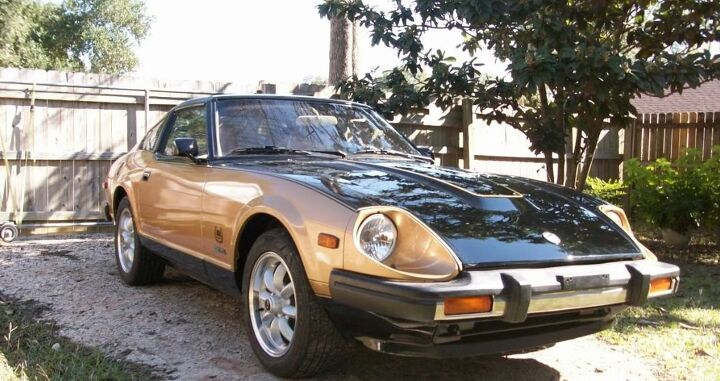


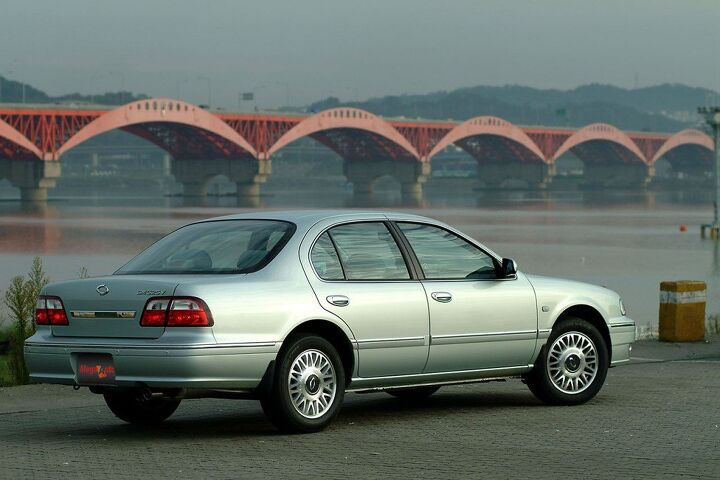

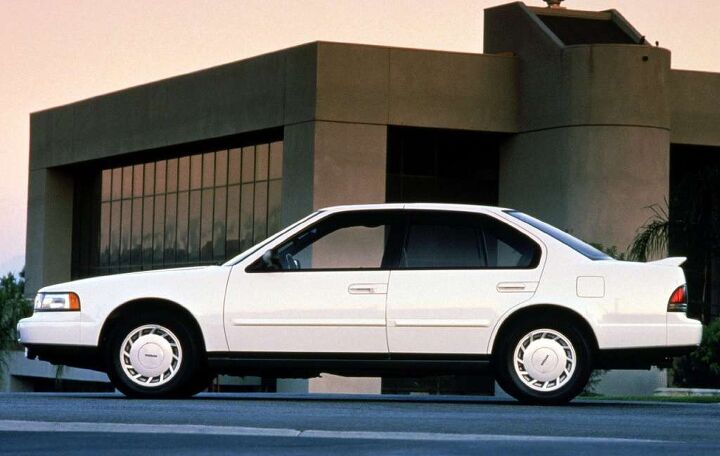
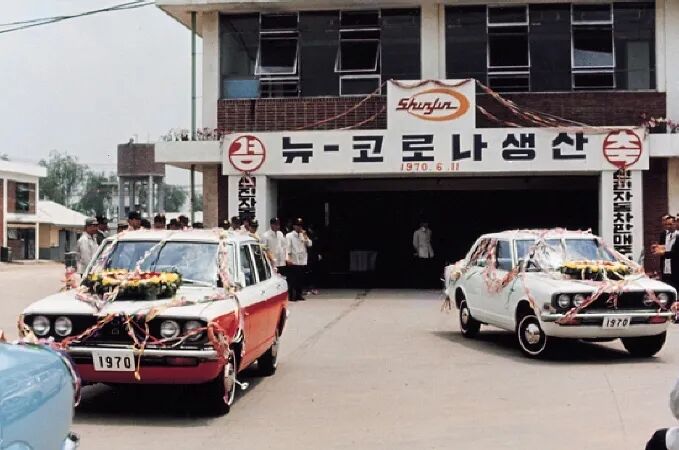
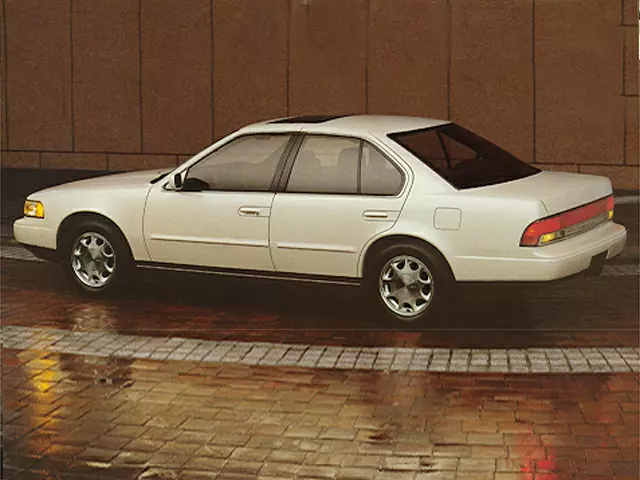
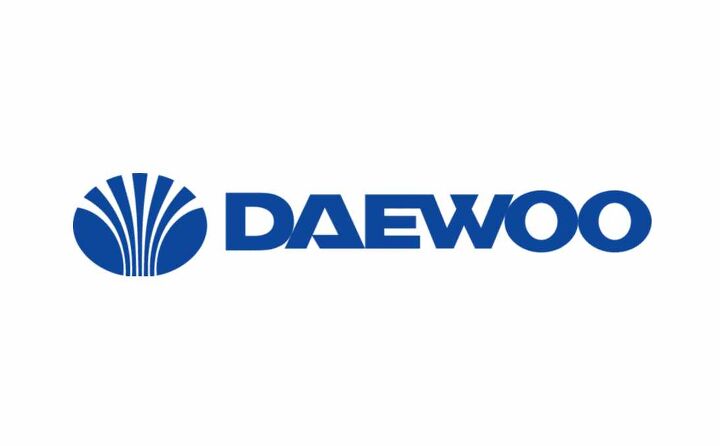

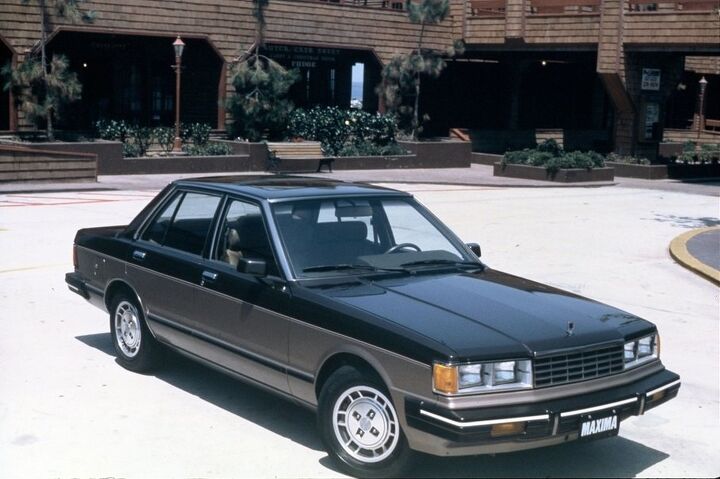
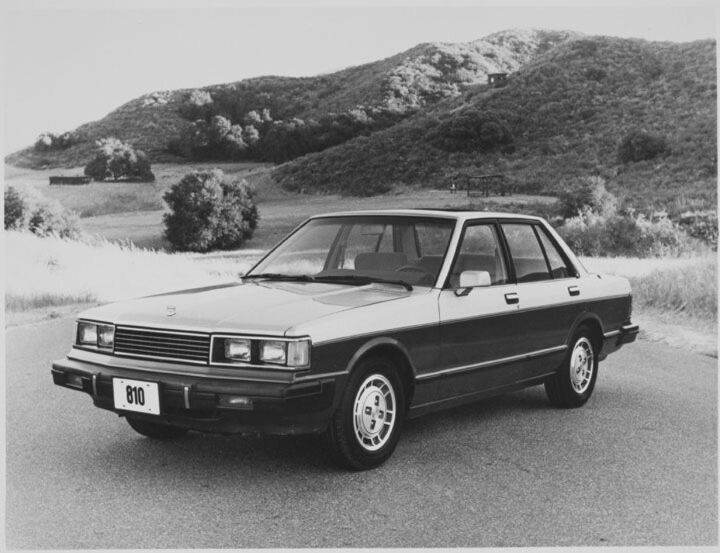
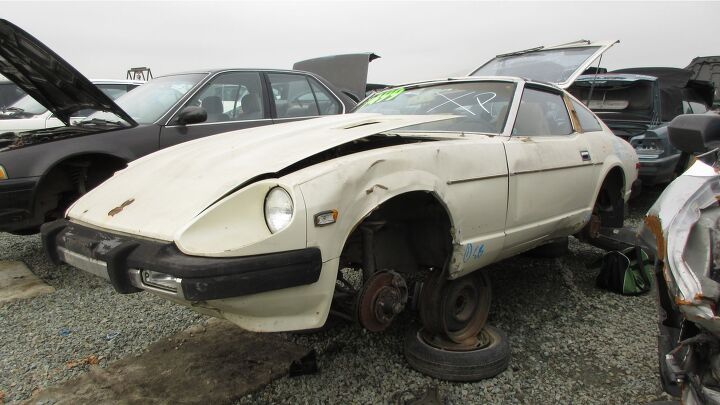

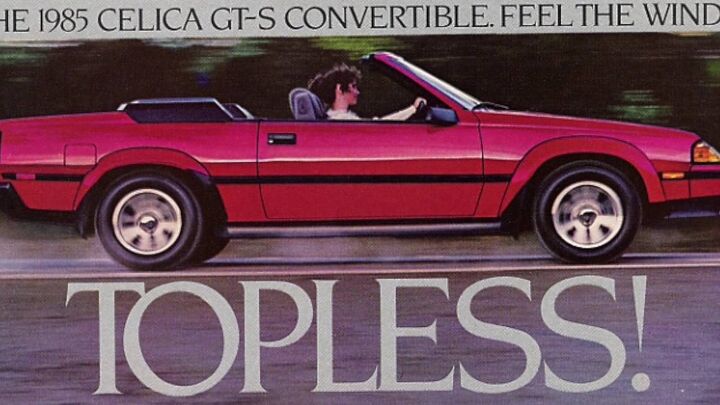
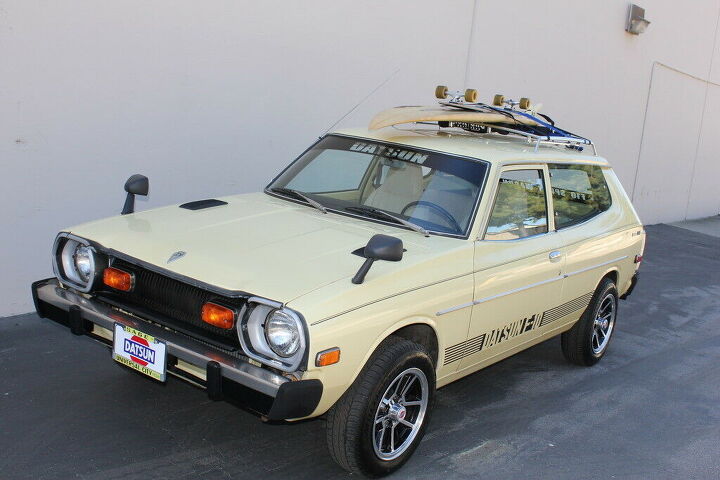
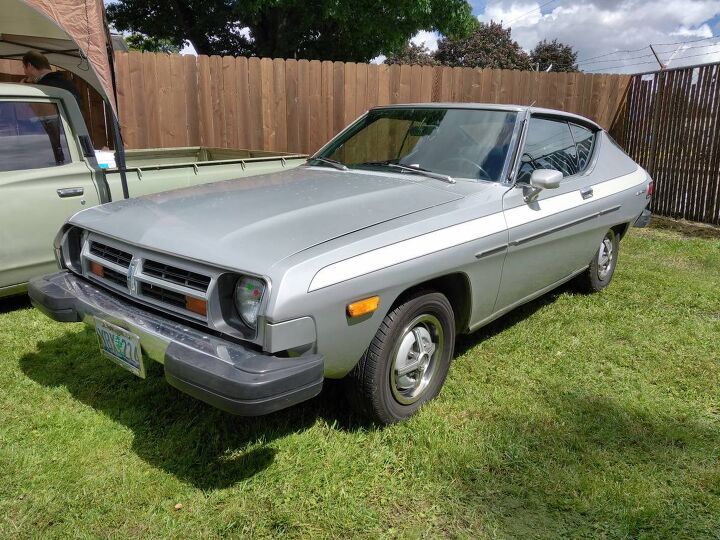
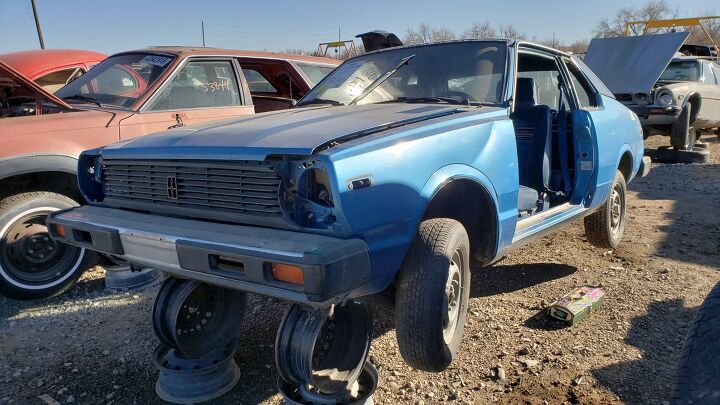
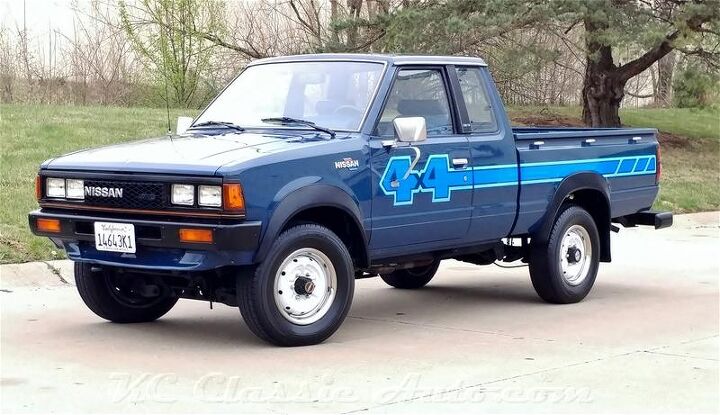

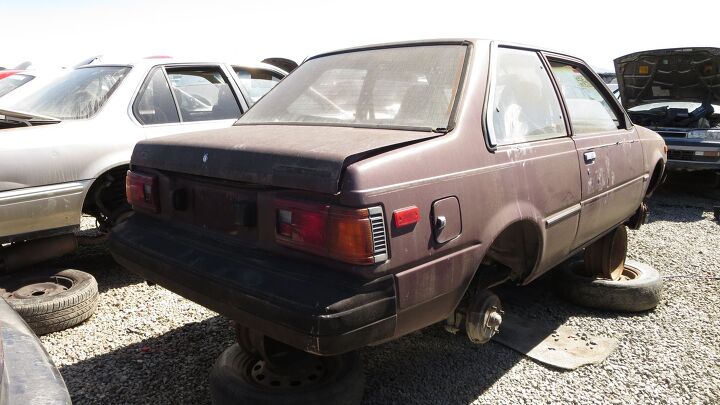















Recent Comments